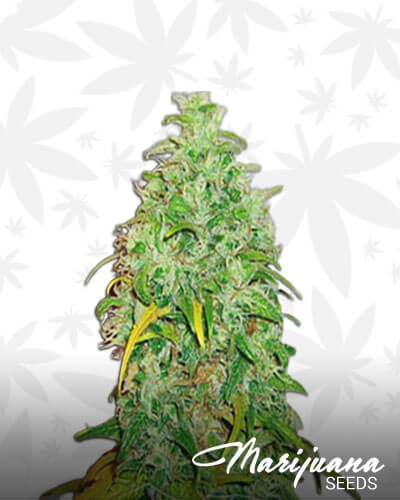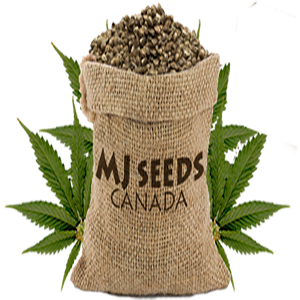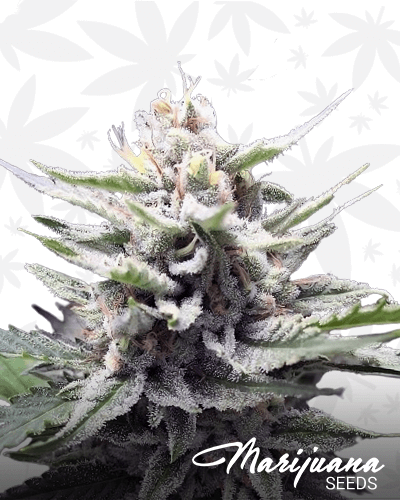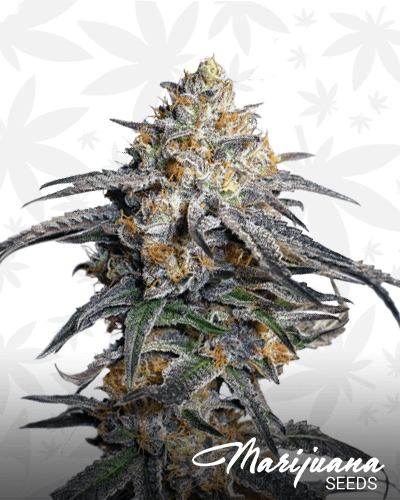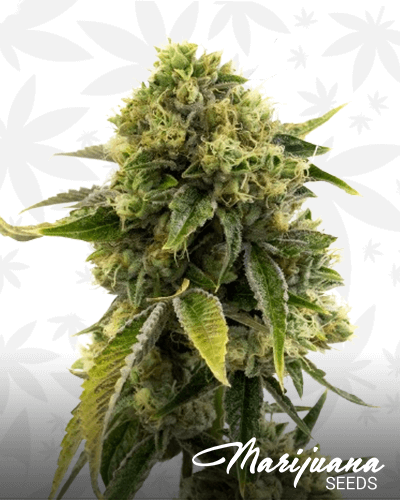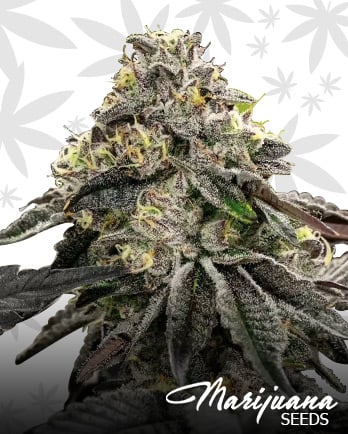Carpathian Skunk Strain Information
Another ruderalis hybrid by Carpathians Seeds, Carpathian Skunk offers the best of sweet and spicy aroma. The potent strain was created by combining a mysterious ruderalis strain with the powerful Skunk #1. Whether indoors or outdoors, Carpathian Skunk can produce a Christmas-tree like strain with an abundant amount of resin. With its auto-flowering properties, it is a must-try strain for beginners and experienced growers.
What are the Flavor and Effects of Carpathian Skunk?
Carpathian Skunk creamy aroma and taste is a mix of sweetness and spiciness that will be surely loved by beginners and even by experienced smokers. It tastes sweet upon inhalation and leaves a spicy aftertaste. The effect is like getting a relaxing massage not only for the whole body but also for the brain. Once the brain is relaxed, the overflowing ideas and happiness automatically follow. The user will feel elated. This elation spreads through the body as well. This renewed vigor paves the way for productivity and improved social skills.
What are the medical benefits of Carpathian Skunk?
The head to toe relaxation of Carpathian Skunk also means head to toe medical effects. It can be recommended for people requiring mood stabilization such as those suffering from anxiety, depression, PTSD and bipolar disorder. Physically, the strain can soothe migraine, headache, spasms, tension, and inflammation. It can also relieve discomfort due to nausea and loss of appetite.
Negative Effects you Can Expect from Carpathian Skunk
No matter how well-balanced the ruderalis, sativa and indica effects are, Carpathian Skunk still presents negative effects. Aside from minor side effects like cottonmouth and dry eyes, higher dosages may lead to feelings of anxiety, headache, paranoia, sleeplessness and loss of appetite.
How to grow Carpathian Skunk? Some information and Tips
With its ruderalis qualities, it is no wonder why Carpathian Skunk loves a high intensity of light and the hydroponics setup. You may use root stimulants to maximize its potential. Organic compost is still the best way to go. You may create your own by mixing peat moss, vermiculite, compost and perlite. Watering and overfeeding is not recommended.



